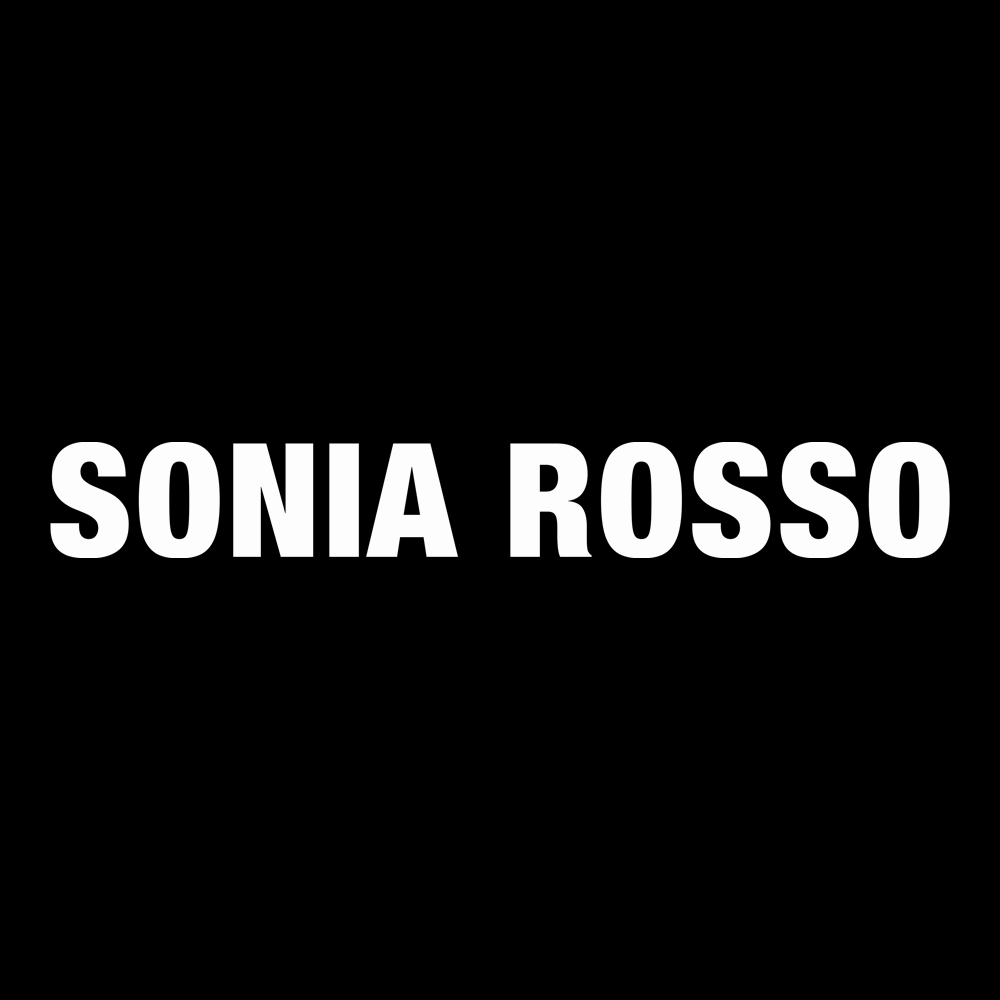2
Abbiamo deciso di essere in due a seguire questo progetto e al due dedichiamo anche il tema da proporre agli artisti per la realizzazione di opere d’arte a tiratura limitata.
Lavorare in coppia non è facile. Come in una relazione d’amore, si è portati a credere ad una prospettiva di “inseguimento dell’interezza”, di raggiungimento di comuni intenti in cui delineare fin da subito una direzione e una linea programmatica priva di contraddizioni. L’altro completerebbe le proprie mancanze, salvo poi accorgersi che è fallibile e non all’altezza dell’ideale. Nel concetto di coppia e di amore è sempre in agguato quell’anelito all’unità perduta, al due che farebbe uno, retaggio del Simposio di Platone per poi, invece, constatare che l’amore stesso “è ideale e paradossale nella misura in cui pretende di essere la unità” .
Ecco, allora, un progetto sul due, un percorso di elaborazione per tutte le parti coinvolte.
Sarà interessante vedere come gli artisti si interrogheranno rispetto al tema: un lavoro in dialogo con un altro artista? Un d’après? Penseranno, invece, al doppio in quanto perturbante come nell’Uomo della Sabbia di ETA Hoffmann, oppure allo specchio, al riflesso, all’eco? Potrebbero pensare alla ripetizione e alla differenza o interrogarsi sul due che si apre al “tre/terzo” dove il due, indice simultaneamente di giuntura e separazione (“questo e quello” e non “questo o quello”), dissipa tutte le dicotomie alle quali siamo da sempre abituati: negativo-positivo, bene-male, teoria-prassi, alto-basso, vero-falso,dentro-fuori, conscio-inconscio, etc. Ancora, lo elaboreranno nei termini della relazione soggetto –oggetto del desiderio, oggetto ideale, sempre inafferrabile?
E’difficile intraprendere una elaborazione sul due che accolga la differenza, che ammetta la contraddizione, l’inconciliabile, l’ossimoro, il dubbio e l’ironia.
La progettualità sviluppata in coppia è sicuramente una forma sofisticata di ricerca. Nel dialogo si mettono a fuoco dettagli a volte trascurati e si aprono prospettive di sviluppo inedite. Lavorare in due comporta disponibilità mentale all’ascolto e una costante messa in discussione del sé nel confronto dialettico con l’altro. Ambedue abbiamo favorito nei rispettivi percorsi questo tipo di metodo, accostando gli artisti per affinità elettive o personali.
Questa collaborazione è stata una naturale conseguenza della nostra amicizia e stima reciproca ed è un’avventura ed una nuova scommessa insieme.
Francesca Referza e Sonia Rosso, novembre 2021
[1]NiklasLuhmann, Amore come Passione, Bari, Laterza, 1987, pag.158
[1] (“[…] l’oggetto del desiderio non può essere né abbandonato né colto. Abbandonarlo è insopportabile e conservarlo, impossibile”, Roland Barthes, Frammenti di un discorso amoroso, Torino, Giulio Einaudi Editore, 1979, pag. 208
2
Red Quartz is a project by Francesca Referza and Sonia Rosso, in support of Quartz Studio, a non-profit space founded in 2014 in Turin.
We decided to work as a team of two to oversee this project, and we have also suggested the theme of two to artists to create limited edition works of art.
Working in a pair is not easy. Like in a romantic relationship, we are led to believe in the “pursuit of wholeness,” achieving common intentions where we can immediately define a direction and a line of planning free of contradictions.The other person, who we imagine can make up for our own shortcomings, then proves fallible too, not up to the ideal. That longing for lost unity is always lurking in the concept of being a pair and love, the two that make one, a legacy of Plato’s Symposium and then we find that love itself “is ideal and paradoxical to the extent that it claims to be unity.”
This, then, is a project about two, a journey of discovery for all those involved.
It will be interesting to see how the artists will investigate the theme; will they work in a dialogue with another artist? A d’après? Or will they think of the double as uncanny as in E.T.A. Hoffmann’s Sandman, or that of the mirror, the reflection, the echo? They might think of repetition and difference or they might investigate the two that opens up to the “three/third” where the two, a sign of joining and separation at once (“this and that” and not “this or that”), dispels all the dichotomies to which we have long been accustomed: negative-positive, good-evil, theory-practice, high-low, true-false, inside-outside, conscious-unconscious, etc. Or might they develop it in terms of the subject-object relationship of desire, the ever-elusive ideal object?
It is difficult to undertake a working of the idea of two that welcomes the difference, that admits the contradiction, the irreconcilable, the oxymoron, the doubt and the irony.
A plan developed as a pair is, unquestionably, a sophisticated form of inquiry. In dialogue, details come into focus that are sometimes overlooked and original perspectives on the process open up. Working in a pair takes the mental openness to listen and a constant questioning of the self in the dialectical encounter with the other. We both favored this method in our respective paths, bringing together artists with elective or personal affinity.
This collaboration grew naturally out of our friendship and mutual respect. This is an adventure and a new challenge to take on together.
Francesca Referza and Sonia Rosso, November 2021
[1] Niklas Luhmann, Amore come Passione, Bari, Laterza, 1987, pg.158
[1](“[…] The loved object can neither be abandoned nor kept. To abandon it is unbearable and to keep it, impossible,” transl. from the Italian edition: Roland Barthes, Frammenti di un discorso amoroso, Torino, Giulio Einaudi Editore, 1979, pg. 208


